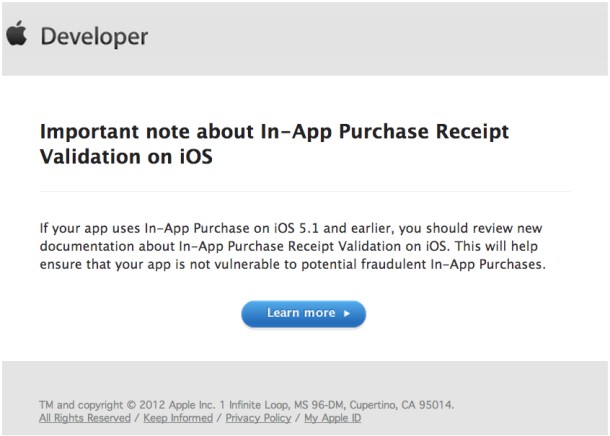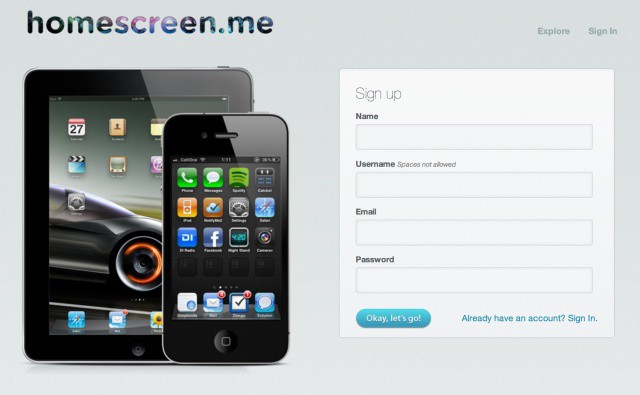The TED organization, which sponsors a range of conferences and talks on cutting edge topics recently launched an ebook series known as TED Books. Like the non-profit’s other initiatives, TED Books are “designed to spread great ideas.” Sticking to that ideal, the organization is making the ebooks, which will be released every two weeks, available across a range of ebook platforms including the new TED Books app for iOS devices.
The move highlights one of the challenges about ebooks – the choice of merchant and platform. That’s a particular concern when it comes to Apple’s iBookstore because purchases can only be read on an iOS device.


![Teens Use iPads To Transform Their Neighborhood [Sponsored Post] enrique2](https://www.cultofmac.com/wp-content/uploads/2012/07/enrique21.jpg)
![Ayecon For iPad, A Beautiful New Jailbreak Theme Launching August 3rd [Gallery] ayeconforipad](https://www.cultofmac.com/wp-content/uploads/2012/07/ayeconforipad.jpg)

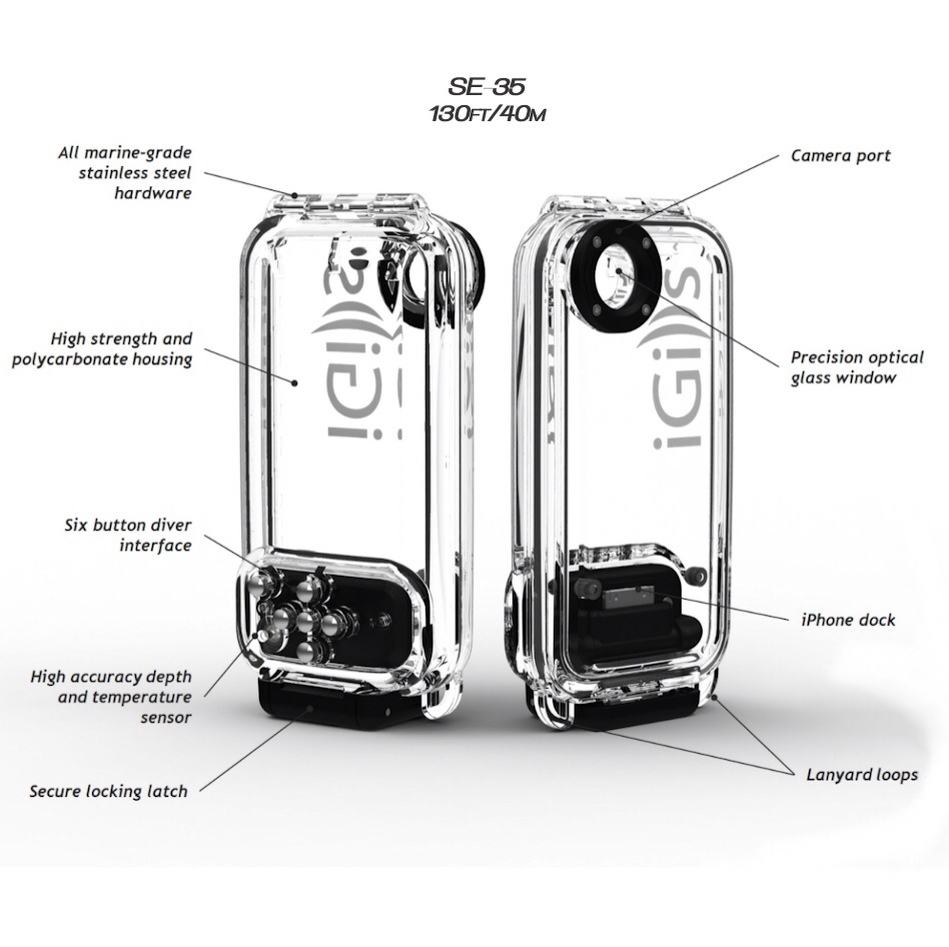
![The FLASHr Case Brings Awesome LED Notifications To iOS [Kickstarter] The best use of the iPhone's LED flash to date.](https://www.cultofmac.com/wp-content/uploads/2012/07/d6982519cca0d6e71817e756170ee22f_large.jpg)
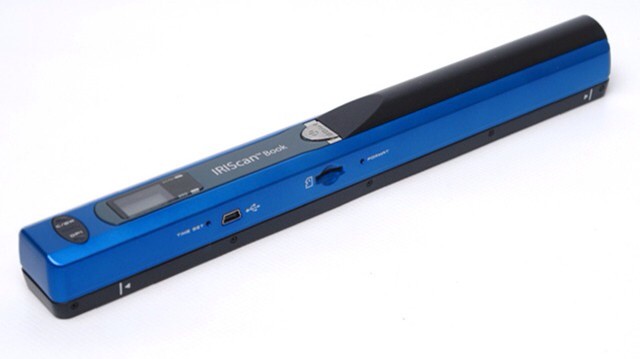
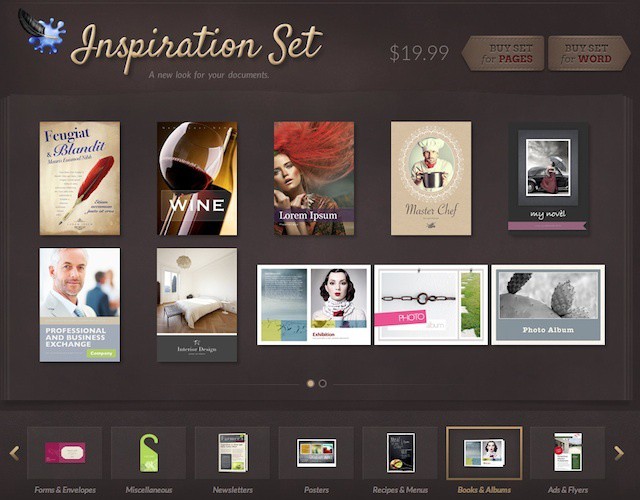
![IPhone 5 Demand ‘Easily Dwarfs’ That Of Any Previous iPhone [Report] The new iPhone will be huge for Apple this fall.](https://www.cultofmac.com/wp-content/uploads/2012/07/iPhone5.jpg)
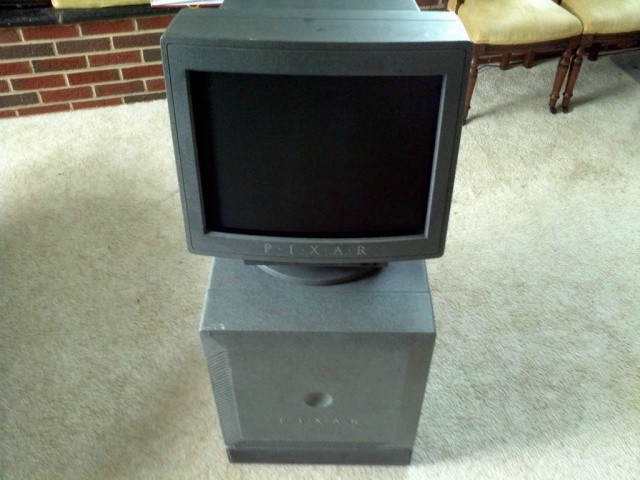
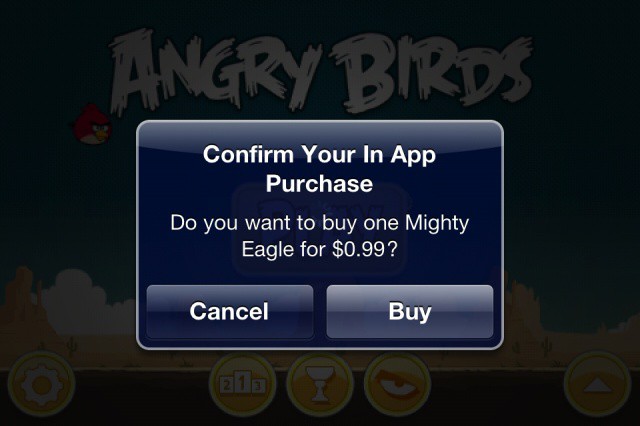
![The iPhone 5 Will Be Released On September 21, 2012 [Rumor] iphone5mockup](https://www.cultofmac.com/wp-content/uploads/2012/07/iphone5mockup.jpg)

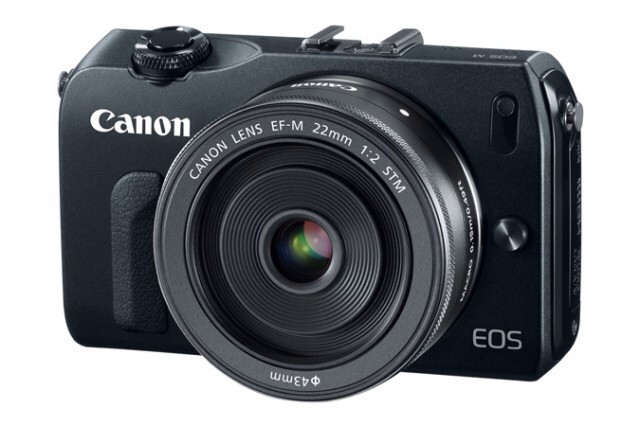
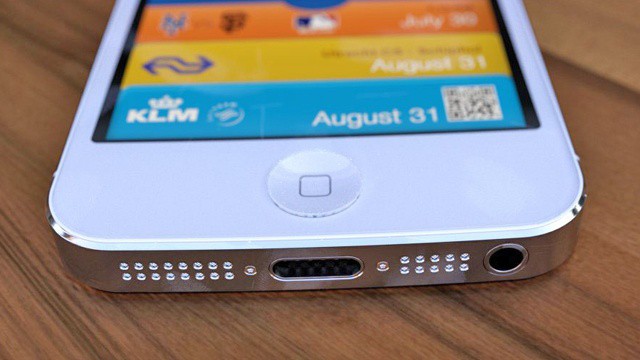
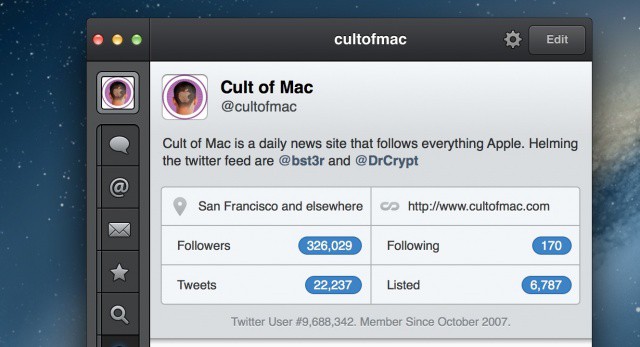
![This Week’s Must-Have iOS Apps: Checkmark, Vyclone, Chameleon Clock & More [Roundup] Screen Shot 2012-07-21 at 23.44.27](https://www.cultofmac.com/wp-content/uploads/2012/07/Screen-Shot-2012-07-21-at-23.44.27.jpg)

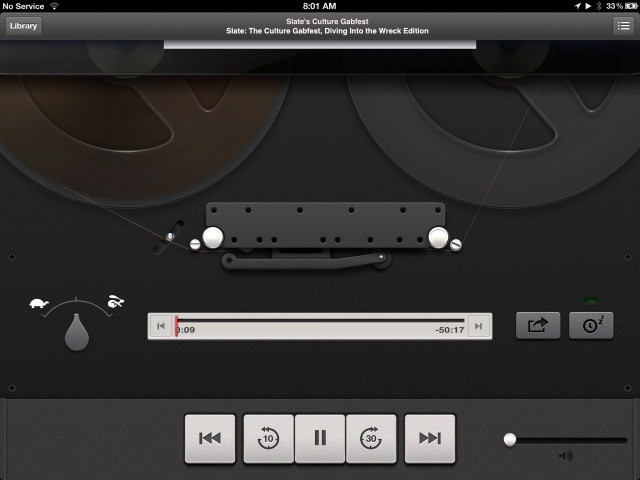
![This Week’s Must-Have iOS Games: Dark Knight Rises, Fieldrunners 2 & More [Roundup] Screen Shot 2012-07-20 at 22.29.42](https://www.cultofmac.com/wp-content/uploads/2012/07/Screen-Shot-2012-07-20-at-22.29.42.jpg)
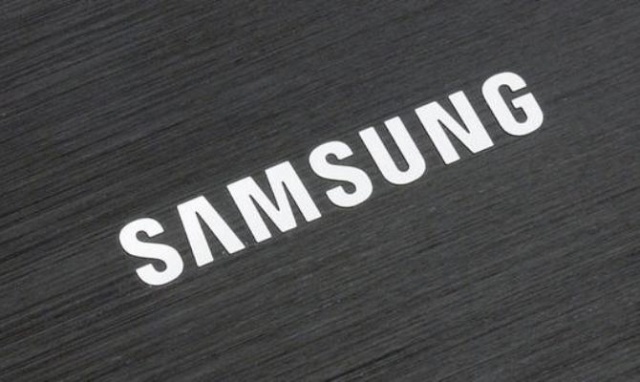

![IPhone Is Best Mobile Advertising Platform, Says Opera Software [Report] Opera Mobile Advertising](https://www.cultofmac.com/wp-content/uploads/2012/07/Opera-Mobile-Advertising.jpg)

